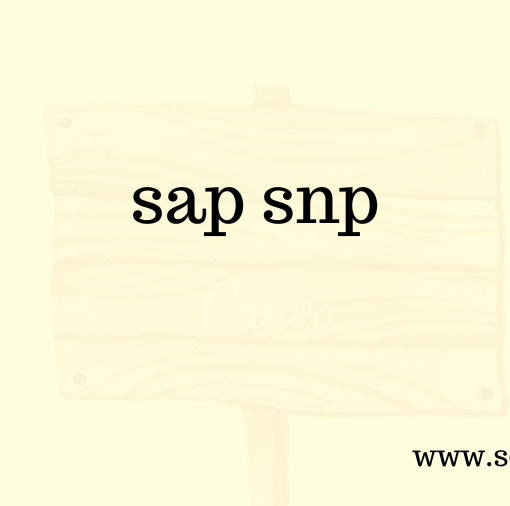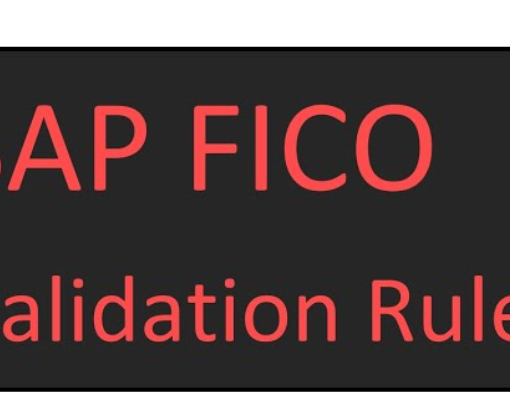In the realm of optimizing business processes, it is imperative to delve into the intricacies of Customer Relationship Management (CRM solutions). These systems, designed to enhance customer interactions, necessitate a holistic, multi-touch approach for optimal efficacy.
The conventional viewpoint often underestimates the nuanced nature of CRM solutions. The paradigm shift lies in embracing a comprehensive strategy that goes beyond the surface level. This entails a fusion of various touchpoints, creating a symphony of interactions that cater to diverse customer needs.
What Is CRM? A Beginners Guide To CRM Software
In the intricate tapestry of CRM utilization, the synergy of unified experiences becomes paramount. Rather than perceiving CRM as a monolithic entity, adopting a multi-touch perspective unravels its full potential. This approach ensures a dynamic interplay of engagement, addressing the intricate needs of a diverse clientele.
Analogous to orchestrating a multifaceted masterpiece, CRM solutions need to conduct a harmonious symphony of touchpoints. Each interaction is akin to a note in a composition, contributing to the overall melody of customer engagement. This deliberate orchestration creates a unique and captivating experience for every individual in the audience.
Companies invest a lot of time, effort and money acquiring and retaining new customers. However, it takes more than just a great product or service to capture and keep a customer’s loyalty. Developing meaningful relationships with prospects and customers requires resources from sales, marketing and support to help them throughout their interactions with a business is something we should need to do.
Properly managing customer relationships often requires businesses to overcome years of incremental purchases of channel-specific solutions:
– Marketing automation system (CRM Solutions 1)
a customer service tool there, none of which tie directly into the transactional record. Since it requires significant investment to thread together this patchwork of separate systems, many businesses forgo this effort altogether, leaving customer data stuck in silos.
– Managing Multiple Sources of Customer Data (CRM Solutions 2)
Many businesses fail to provide consistent and relevant experiences because they are unable to bring together the multiple sources of customer data throughout the company—from sales and marketing to commerce, professional services and support.
Marketing teams create campaigns to attract new leads, engage and convert visitors into buyers, and promote long-term customer loyalty. It is difficult for marketers to foster brand engagement if they are only communicating in one direction to the entire audience with the same universal messaging. Without customer data to drive targeted, personalized marketing campaigns, brands stumble in the dark with a planned schedule of promotions and special events to drive sales.
Customer support and professional service organizations are vital to ensuring customer success and long-term retention.
Unlocking Customer Insights: The Power of SAP Customer Data..
-Building Stronger Customer Relationships (Solutions 3)
A customer relationship management (CRM) solution provides a single repository of customer data. Although different parts of the organization use CRM in different ways, everybody benefits from having access to one central place to access all the details on customers and prospects. The benefits a CRM provides each team includes:
- Sales has visibility into every aspect of the customer relationship, including marketing campaigns, support cases, contracts and orders. Sales force automation (SFA) provides unified sales processes from opportunity, upsell and quote management to sales forecasting and commissions.
- Marketing can utilize customer profiles and buying history to tailor more consistent and relevant campaigns. Marketing automation delivers these brand communications at the right time and channel for maximum engagement.
- Support is able to provide better service by easily referencing a customer’s recently sent marketing campaigns, estimates and completed orders. Automated case management processes improve customer satisfaction and lower service costs.
The unification of touchpoints in CRM is akin to crafting a novel, each chapter offering a distinct encounter. The narrative unfolds through a series of touches, creating a burst of varied interactions. This diversity is not just a stylistic choice; it is an essential element in captivating the audience’s attention and fostering meaningful connections.
In a world where uniformity can lead to disinterest, the burstiness of CRM interactions is the key to sustained engagement. Like a riveting novel with unexpected twists and turns, a CRM system with burstiness captures the audience’s interest, ensuring that each touchpoint is a unique and memorable experience.
To harness the full potential of CRM solutions, businesses must embrace the concept of perplexity in their strategies. The intricacies lie not only in the features of the CRM system but in the deliberate orchestration of diverse touchpoints. This multi-touch experience is not just a tactical approach; it is the essence of creating a memorable and impactful journey for each customer.
In conclusion, the paradigm shift from a singular approach to a multi-touch experience is the crux of unlocking the true potential of CRM solutions. The orchestration of diverse touchpoints, akin to the chapters of a captivating novel, ensures that each customer engagement is a unique and memorable encounter.





